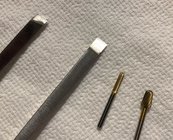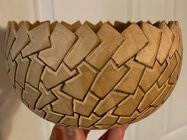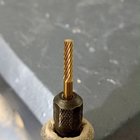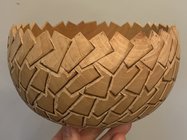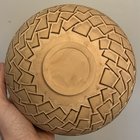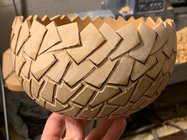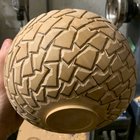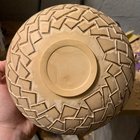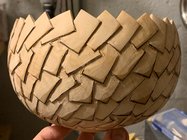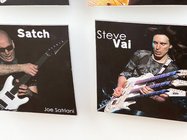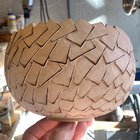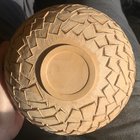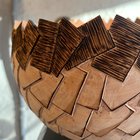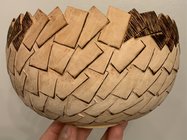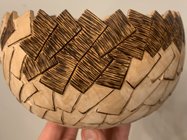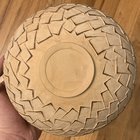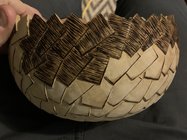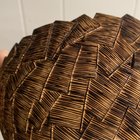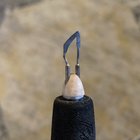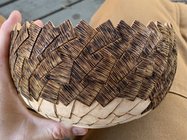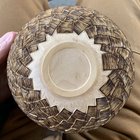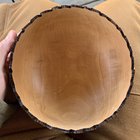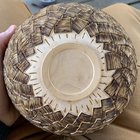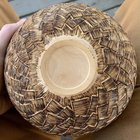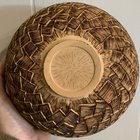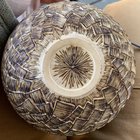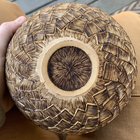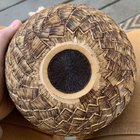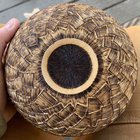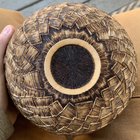I managed to sneak in a few hours of work after my kids went to sleep. I started by filing and sanding around half of the top rectangles just to see how everything was looking so far.
View attachment 57998
Then, I switched over to the safe end cylinder bit in the previous post and started really defining the borders and overlaps. This sets everything up so that you can start adding a lot of relief.
View attachment 57999
View attachment 58000
Following this, I switched my bit to a ball nose bit (pictured in a previous post), and started carving away material. This is where the relief really begins to take shape. The exterior is starting to feel very nice in the hands.
View attachment 58001
The next step will be to continue carving away material in the two remaining rows. Then, I will go over the bowl and refine the borders/overlaps as needed with carving chisels. After that, I will smooth the contours with riffler files, and then begin sanding. Following the sanding, I will start the next phase of the pyrography work. The bowl still looks rough, but is slowly getting there. A lot of work left to do!
